Two Indians-the first Tibet ologists from Gyagar sinces Rahuul Sankrityayan (1893-1963) – went to Tibet to plug gaps in their knowledge of Himalayan Buddhism, and to see how Tibet compared with the neighbouring Ladakh region of India.
What they found instead was an affluent, breathtakingly planned, 21st century town. With sparking six-lance roads and glass front shops that sold all the top international designer labels. Siddharth dubbed Lhasa 'the most romantic city in the world.' And yet, the mood of the people was somber, Tibet had been reopened to tourists only a few weeks before, after major riots that had taken place earlier in the year.
There issues seemed to dominated their thinking: Has Tibet swamped by outsiders-and has its population been diluted? Is Tibet a self-sufficient land with enormous natural resources? And has Tibet historically been an independent land, a protectorate or a province?
Parvez and Siddharth set out to find the answers.
ABOUT THE AUTHOR Parvez Dewan
Parvez Dewan was educated at St. Stephen's College, Delhi, and the University of Cambridge, and was elected a Visiting Research Fellow of Queen Elizabeth House, Oxford University. He hitchhiked through Nicaragua to study its total literacy miracle and trawled Cambodia and Central Asia for their architectural links to Kashmir's temples and shrines. An officer of the Indian Administrative Service, he is currently the Divisional Commissioner of Kashmir. Two of his libretti were recorded as rock operas in Denmark, a third was telecast on Britain's Channel Four (and none of the three was ever heard of again). At St. Stephen's he was elected President of the College Union society and was awarded the L. Raghubir singh History Prize for ranking first in his B.A. (Hons.) class. At Cambridge, he was awarded the Jennings Prize in 1987 for obtaining the highest marks, and a distinction, in the Development Studies class. He was the Senior Treasurer of the Cambridge University (C.U.) Friends of the Earth and was also with the C.U. Green Party. Most of the publications that Parvez has written for had to fold up (Youth Times, JS, The Hindustan times Evening News, The Metropolitan on Saturday, Shama (Urdu) and such sections of The Times of India as he regularly contributed to). However, some survived (notably the Times of India, India Today, The Hindustan Times, The Statesman and Stardust).
ABOUT THE AUTHOR Siddharth Srivastava
Siddharth Srivastava, is a philanthropist and a promoter of art and culture of North Eastern States of India. He was born in Bihar, near Bodhgaya. He has traveled frequently to Bodhgaya with his grandfather. Rap Sinh. During the visits he was intrigued by the rrich art and cultural resources which Buddhism offered. Since his childhood he has always visualized how Tibet would be. The first visuala which he had about Tibet were from the "Tintin in Tibet." Siddeharth has widely traveled through Europe and North Eastern India. He has set up a program for electrification of remote village of Assam through renewable energy and has been working at rural level for the development of artists. He has an excellent collection of pictures from the monasteries in India. Bhutan and China.

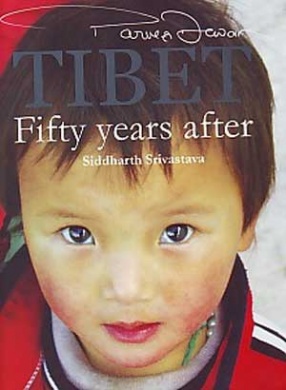


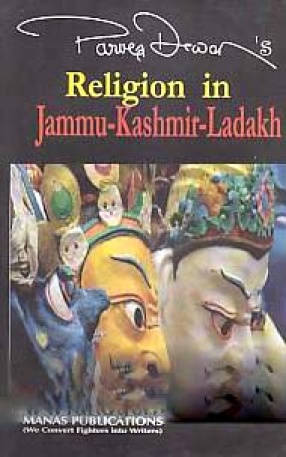
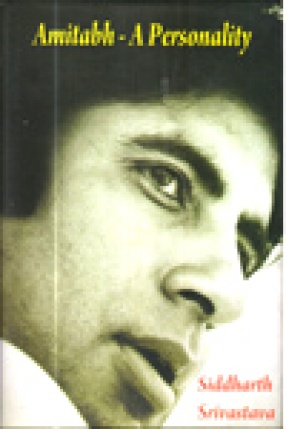

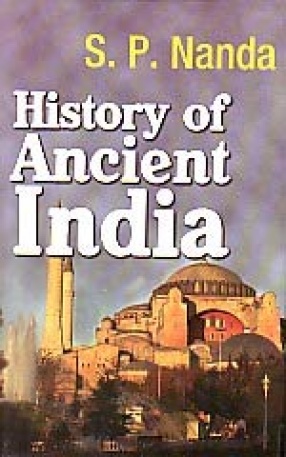
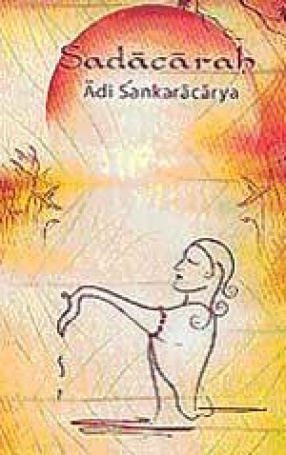
There are no reviews yet.